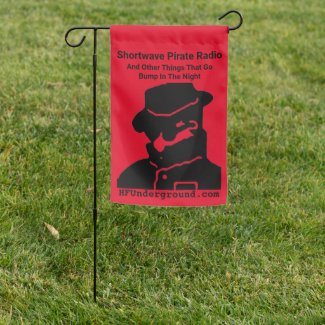The "9:1 UNUN" are for random length wire antennas fed at the end. 49:1 or other high ratio transformers are for resonant "cut to frequency" antennas like the traditional zepp/fuchs antenna.
Generally the 9:1 has far more loss as the transformer/core takes on heat to make the non-resonant antenna be of any use across wide bandwidths and are often deaf across some range of frequencies because of the nature of a random length of wire. A tuner will help with that but introduces even more losses. Worse yet people who know no better will think they are performing great because they always show the user a good SWR, but remember even a dummy load shows good SWR

They have the benefit of being quick to throw up in the air and will get some signal in/out but are inefficient compared to resonant single/mono band antennas.
If you want a high performance monoband EFHW antenna you should always go with the 49:1 UNUN and cut the aerial to half-wave resonance and almost all your power into it gets out since it acts exactly as a traditional dipole, with the exception of being fed at the end.
The ratio doesn't need to be 49:1 2,400 ohm either, other ratios will transform to other impedance. Generally an EFHW will be in the range of 2,000 to 5,000 ohms at the very end of the dipole when resonant.
I usually go with a 3.2k transformation wire winding ratio of 8:1 which is a final impedance conversion of 64:1 (50ohm * 64 = 3.2k ohm). Antenna diameter and height above ground makes a difference here. Generally the fatter the radiator the lower the final impedance at the end. Thin wires might need as high as a 81:1 out at 4k ohm. Remember the large ratio number is the coil winding ratio squared, so for a 9:1 wire winding you end up with a 81:1 impedance conversion, not to be confused with a 9:1 UNUN for non-resonant types that convert to ~450 ohm.
Whew think I typed that all correct. Check out
http://www.aa5tb.com/efha.html for info on the traditional high performance resonant EFWH.
For random wire non-resonant types plenty of plans and examples exist online but keep in mind there is no free lunch as they say, being non-resonant and wideband means they might perform as good as a wet noodle on some bands and somewhat acceptable on others, but any wire in the air is better than nothing.



